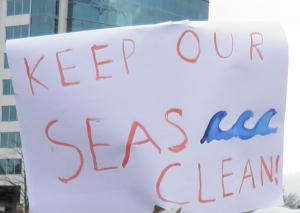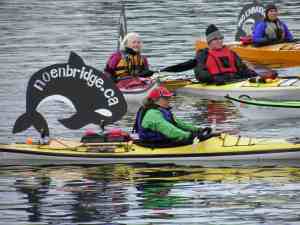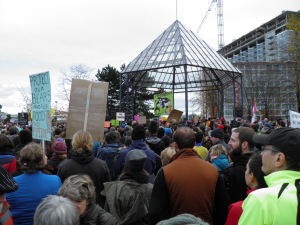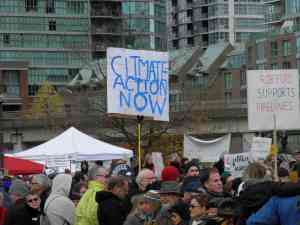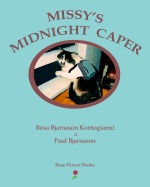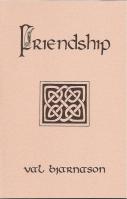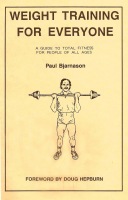Point Grey Road Waterfront Parks
by Joie du Soleil
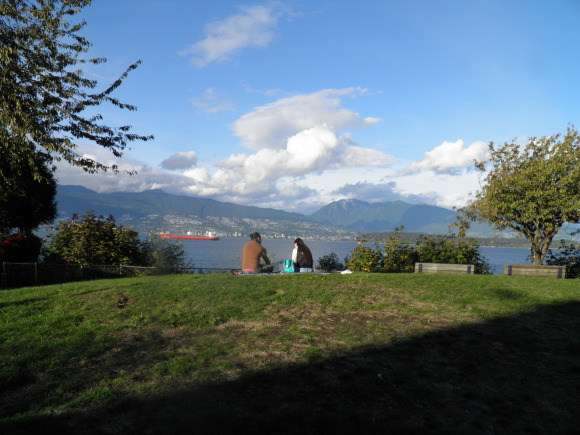
View of Burrard Inlet from Point Grey Road Park
Several small park sites line Point Grey Road in Vancouver, from the western end of the street, above Jericho Beach, and heading east, all the way to Trafalgar Street in the Kitsilano district. Thanks to the Vancouver Park Board, and many concerned citizens, these public “mini parks” were created to allow everyone to enjoy the views along the waterfront. If they had not been created, expensive mansions would have lined the whole of Point Grey Road, hiding the water’s edge and preventing people from enjoying the seaside. The “parklets” provide welcome breathing spaces between the existing houses, and are a part of what I call the “Treasures of Vancouver”!
Views from these six parks include English Bay, West Vancouver, the Vancouver city skyline, the Coast Mountains, Stanley Park, and the shoreline.
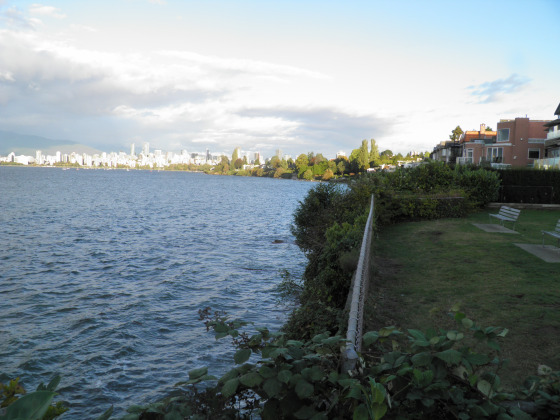
Looking east towards downtown Vancouver, houses along Point Grey Road
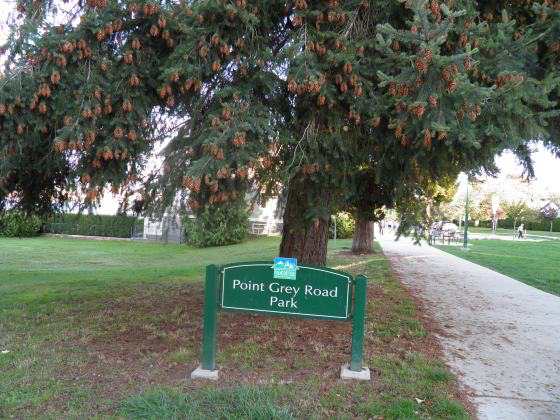
Possibly a Blue Spruce tree—look at all those cones!
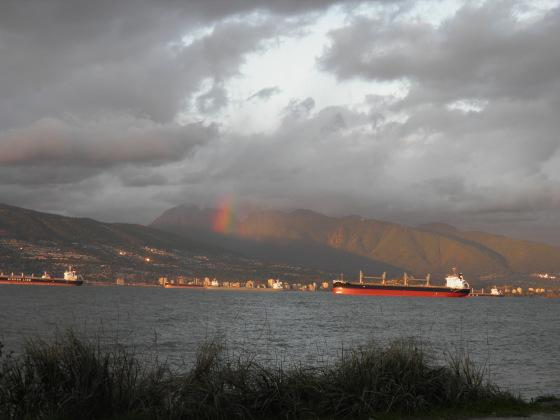
The rainbow’s end is adorning “Sleeping Beauty” mountain’s neck:)
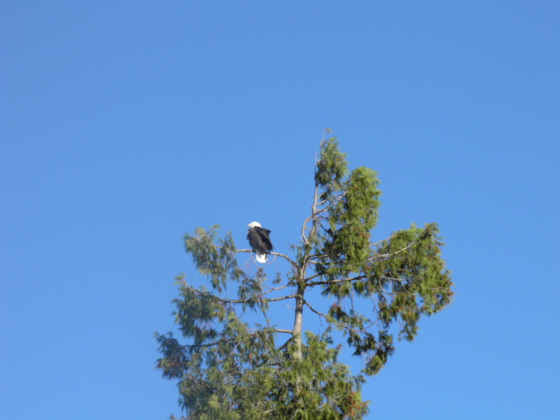
We are so blessed to have Bald Eagles living right in our city!

“SEASIDE BIKE ROUTE”, one of the many safe bike routes for cyclists. Well, “safer”, anyway!
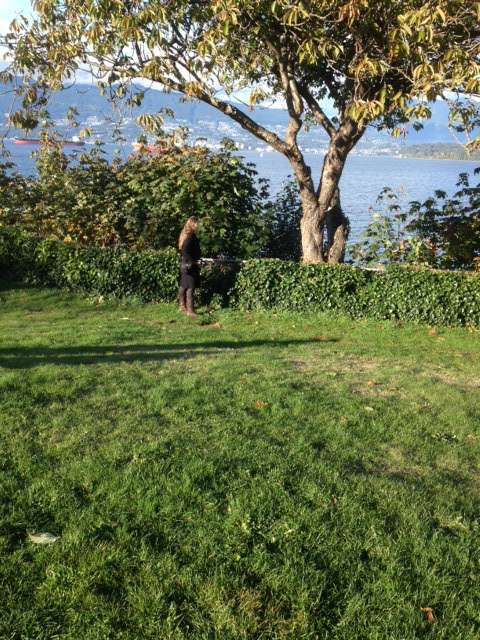
“Park-goer” admiring a very old ornamental cherry tree
To sum up, here are the names of six small parks along Point Grey Road:
Jean Beaty Park: 3393 Point Grey Road, at Waterloo Street
Point Grey Road Park: 3215 PGR, just east of Blenheim St.
Volunteer Park: 2855 PGR, at Macdonald St.
Margaret Pigott Park: 2743 PGR, just east of Macdonald St.
Point Grey Park Site at Stephens St.: 2699 PGR, at Stephens St.
Point Grey Park Site at Trafalgar St.: 2601 PGR, at Trafalgar St.
Thought for the day:
“Everybody needs beauty as well as bread, places to play in and pray in, where nature may heal and give strength to body and soul.”
—John Muir (1838-1914) Scottish-American naturalist


![Vancouver "No Enbridge" rally (photo: Zack Embree [from http://www.defendourclimate.ca ])](https://romanviking.files.wordpress.com/2013/11/vancouverrally.jpg)
